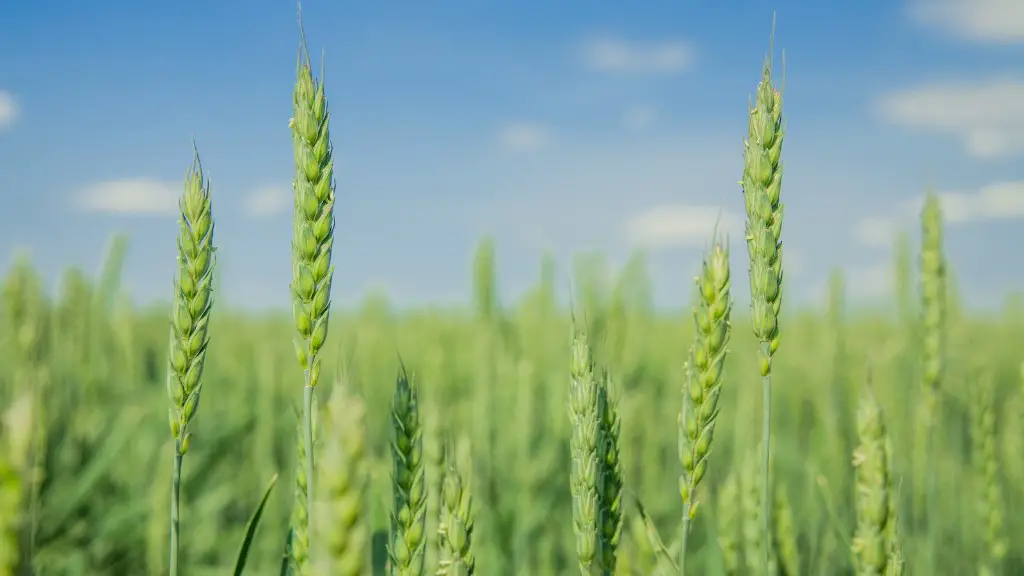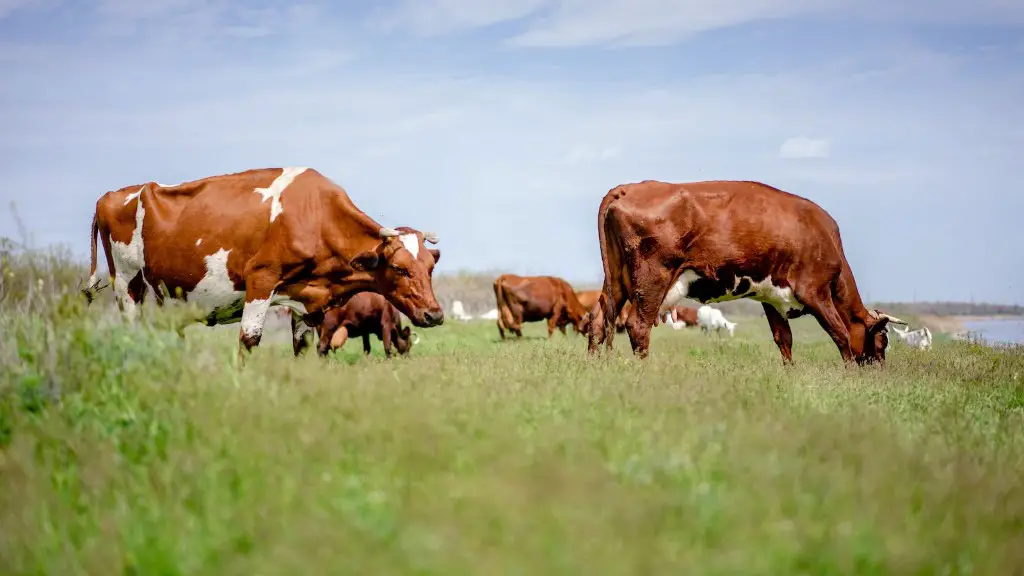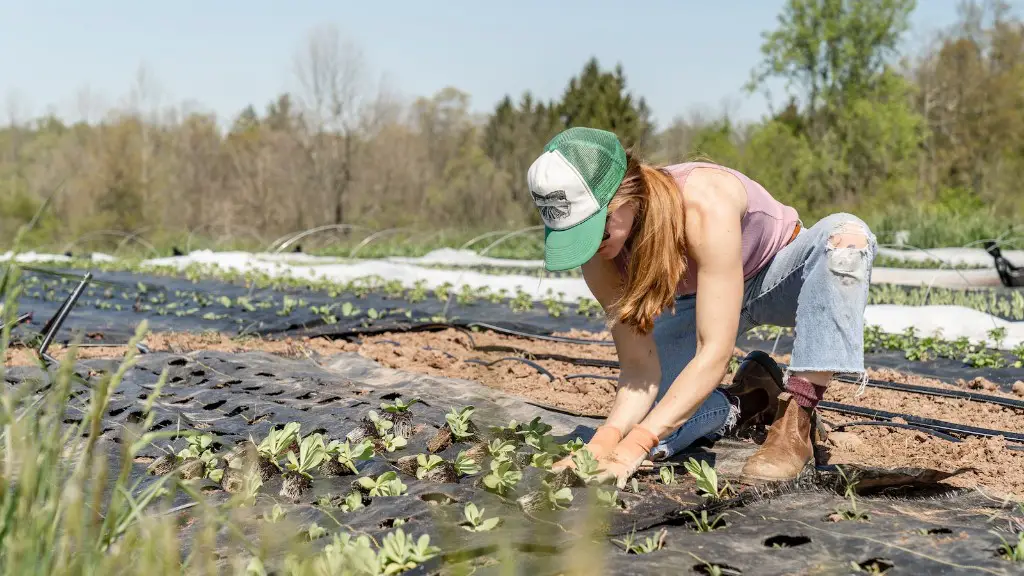The transition from hunter-gatherer lifestyles to the adoption of agriculture is a pivotal moment in the evolution of civilization. Considered by some to be the most important technological advance of the past 10,000 years, this shift forever changed humankind’s relationship to nature, food production and social power dynamics. While the exact timing, location and specifics of this transition remain ground for debate, current evidence indicates an early start as early as 10,000 BCE.
Early evidence, mainly archaeological, of the first transition from hunter-gatherer lifestyles to agriculture can be found in the Fertile Crescent, which stretches from the Mediterranean Sea to the Persian Gulf. This region is often historically referred to as the ‘cradle of civilization’ due to its abundant natural resources and favorable micro-climates, which made it ripe for agricultural development. This area is believed to have been, one of the first sites where the practice of planting crops in the ground and the domestication of animals began.
The earliest remains of small-scale agrarian societies have been found in the archaeological sites of present-day Turkey, Syria, Iraq, Jordan and Israel. The invention of agriculture itself is attributed to the people living in these regions, who, after having developed certain technologies, such as sickles, mills and other grinding tools, began to cultivate and harvest wild plants as a source of food.
Other evidence, such as the grinding stones and pestles unearthed in many ancient settlements, suggest that the use of soil for planting and the raising of livestock began to appear as early as the 8th millennium BCE. This new way of life would eventually shift the human population from hunting, fishing and gathering activities to a completely new economic reality and gave rise to new social organizations and political structures.
By around 4000 BCE, the development of agriculture began to spread outward from the Fertile Crescent, eventually reaching the peripheries of present-day Europe, North Africa and the Near East. Gradually, despite having significant regional variations, the practice of growing and cultivating crops and the domestication of animals began to spread throughout the world.
The space of time that the shift from hunter-gatherer activities to agriculture covered was wide, spanning 11 thousand years, during which the techniques used by different societies in order to grow crops and keep livestock evolved greatly. It is thus difficult to establish exact dates and places as to where this initial transition took place.
The Impact of the Transition to Agriculture
The transition to agriculture represented a huge step forward in human civilisation. It gave rise to much of what is associated with the development of civilisation and society, such as the need for large-scale collaboration between individuals, the rise in economic resources and the establishment of new systems of political power. It also led to the emergence of new modes of communication, such as writing and art, as well as the building of large-scale monuments, such as pyramids.
The radical change in the population’s manner of sustenance provided a strong stable base for growth and enabled the formation of cities and states. As a result, a dramatic growth in human population was observed throughout the world, creating new opportunities for social, religious and cultural exchange alongside an increased share of resources and power amongst certain individuals. It is through the original transition to agriculture that we are able to observe the emergence of new forms of class and trade, along with the foundations that led to the emergence of global civilisations.
The Agricultural Revolution
The transition to agriculture is often referred to as an agricultural revolution as it was an integral part of a much larger process of societal and technological innovation. This revolution brought about widespread changes in the material and political foundations of society, marked by the introduction of new tools, methods and species of plants and animals. It has been suggested that this radical shift in lifestyle increased the complexity of human relationships, with new sources of power and authority emerging from the necessity to create large-scale cooperation.
In spite of the different dates and locations believed to be the site of the earliest transition to agriculture, it is apparent that the impact of this process was felt across the world. It had significant economic, political and social consequences, as it marked a major shift in the way people organised their communities and interacted with the environment. It was, thus, an integral part of the birth of many of the world’s major civilisations.
Factors that Facilitated the Transition to Agriculture
The transition to agriculture did not occur overnight and was the result of a long and complex interplay of factors. The most commonly cited reasons include natural climate change, increased human population, the emergence of new approaches to food production, the domestication of certain wild animals and plants, the rise of trade and social interaction between different populations and the invention of tools and techniques that enabled new types of farming and harvesting.
Without a doubt, the transition to agriculture was an essential milestone in the development of our global history and has had a powerful and lasting impression on the world. It has raised questions about the relationship between man and nature, and has had a profound impact on how we produce and share resources and economic power in the modern world.
The Southern African Context
The evidence suggests that the start of agriculture in Southern Africa took place in the 5th millennium BCE, with archaeological evidence of Iron Age farming cultures, such as cattle herding, in existence around the 3rd and 4th millennium. Early implements used in agricultural practices, such as stone hoes and baskets, were adopted by the local communities, who then further developed and adapted these technologies to their own needs.
In the Southern African context, the practice of crop cultivation combined with a series of alterations to existing technologies enabled food production that was based on a variety of plants, goods and animals. Much of this was shaped by the environment, with different regions having their own unique combinations of domesticated crops, animals and goods. In this way, the transition to agriculture in the Southern African context was, much like elsewhere, an evolution of the existing local hunting and gathering cultures.
The Social and Political Dimensions of the Transition to Agriculture
The transition to agriculture had significant social and political implications, leading to the development of more structured, hierarchical societies and new forms of leadership and governance. Despite taking place almost 10,000 years ago, the original transition to agriculture has had a lasting impact on our current global landscape. It changed the shape of the power dynamics amongst individuals and communities, and even led to the creation of the nation state.
The emergence of agricultural societies opened the door to the development of more complex economic systems as well as the growth of commerce and trading. It provided new opportunities for the emergence of institutions, such as taxation and public works, that allowed for the amassing of resources and the establishment of larger administrative bodies. It is through the transition to agriculture that we see much of the social, economic and political frameworks that still exist today.
The Ecological Implications of the Transition to Agriculture
The transition to agriculture also had significant implications for the environment and how humans interacted with it. The introduction of large-scale land clearance, crop rotation, irrigation and other techniques had a profound impact on the landscape and led to an increase in the human population and the establishment of settlements. The large-scale production of crops and domestication of animals also led to a decrease in wild species, creating large-scale ecological changes.
Additionally, the transition to an agricultural society also opened up channels for large-scale environmental manipulation as a means to increase agricultural outputs and maintain soil fertility. This has since been a source of much controversy, with debates around the various costs and benefits associated with human intervention in the environment.
The transition to agriculture is a hugely complex and intricate subject. Its roots can be traced back to 10,000 BCE and has had a lasting and deep impact on our global history, social and political frameworks and environment. Today, it remains a subject of historical and archaeological research and debate.




